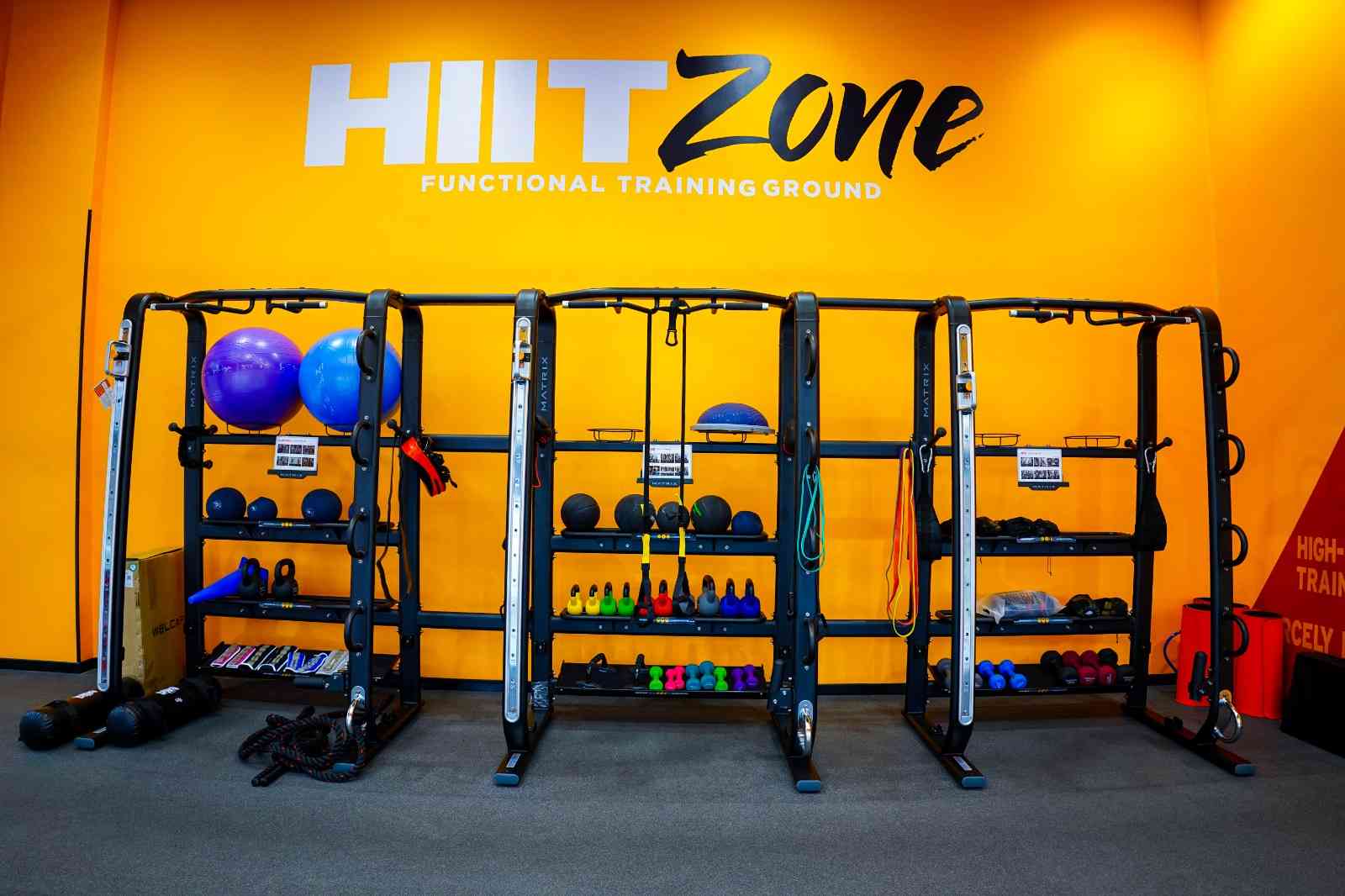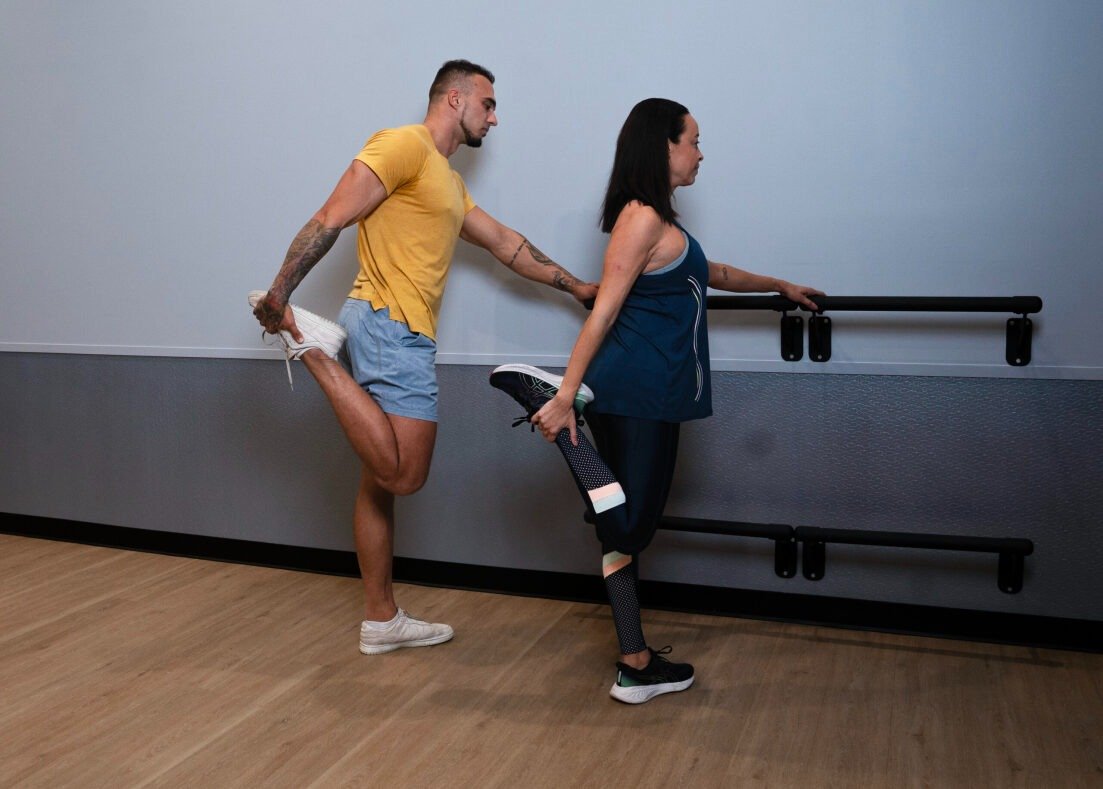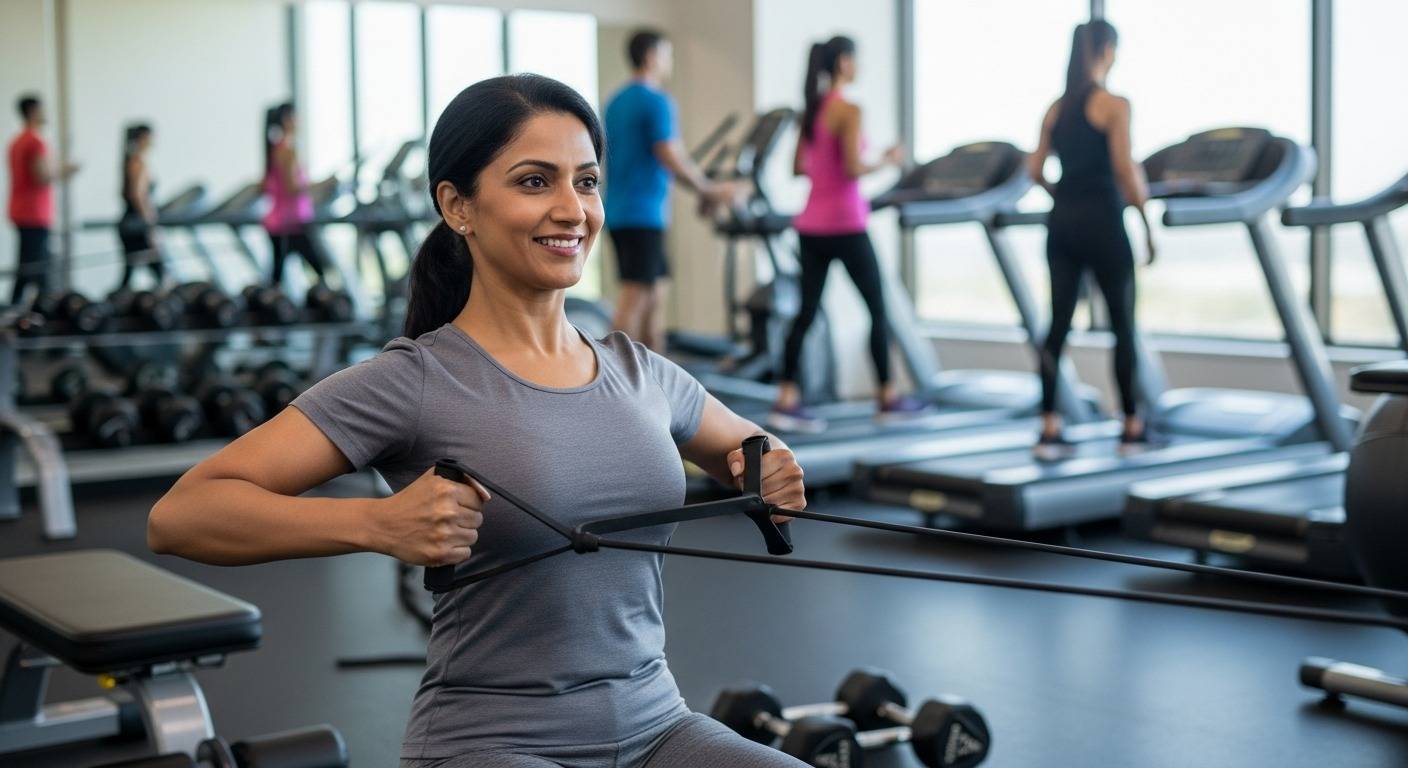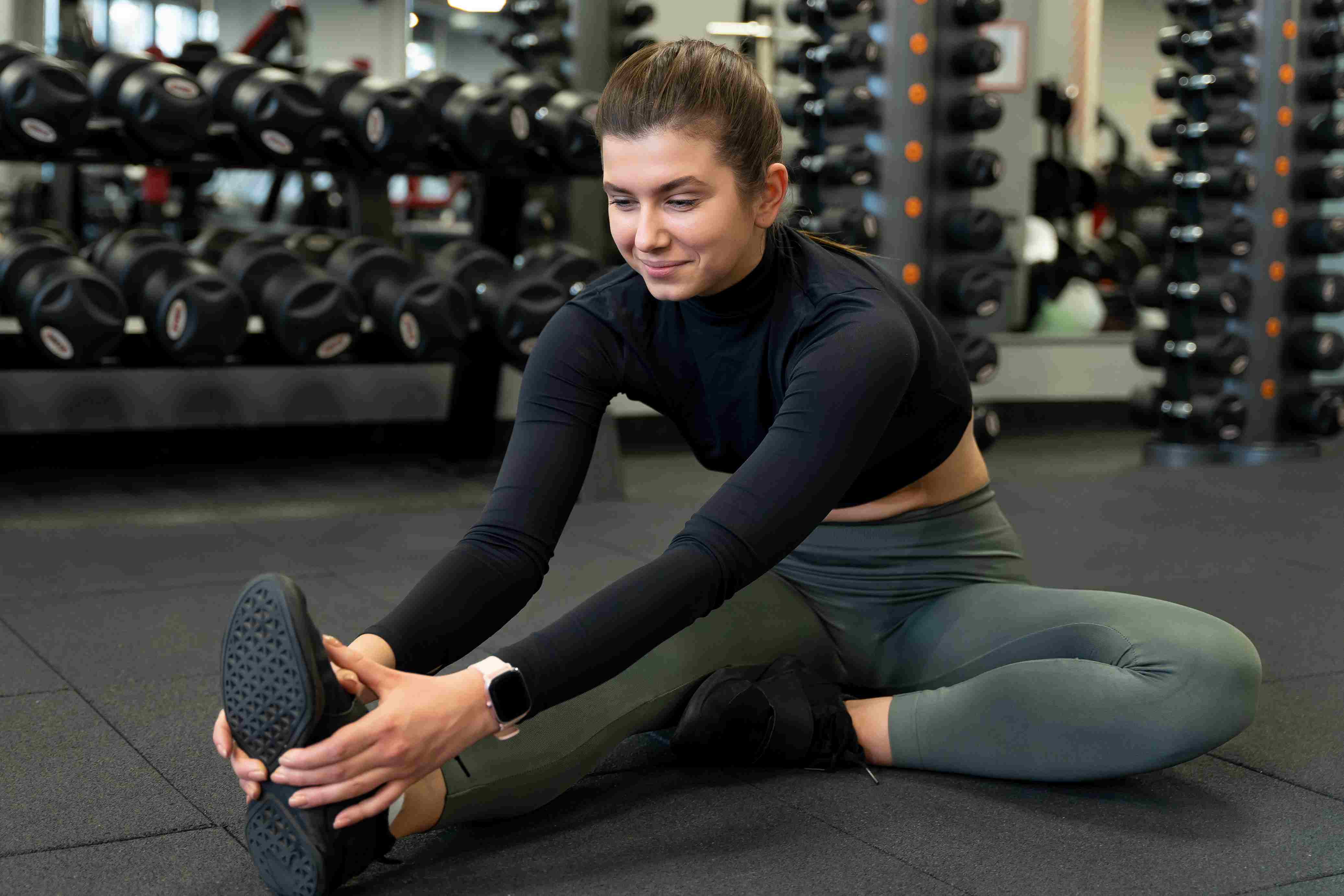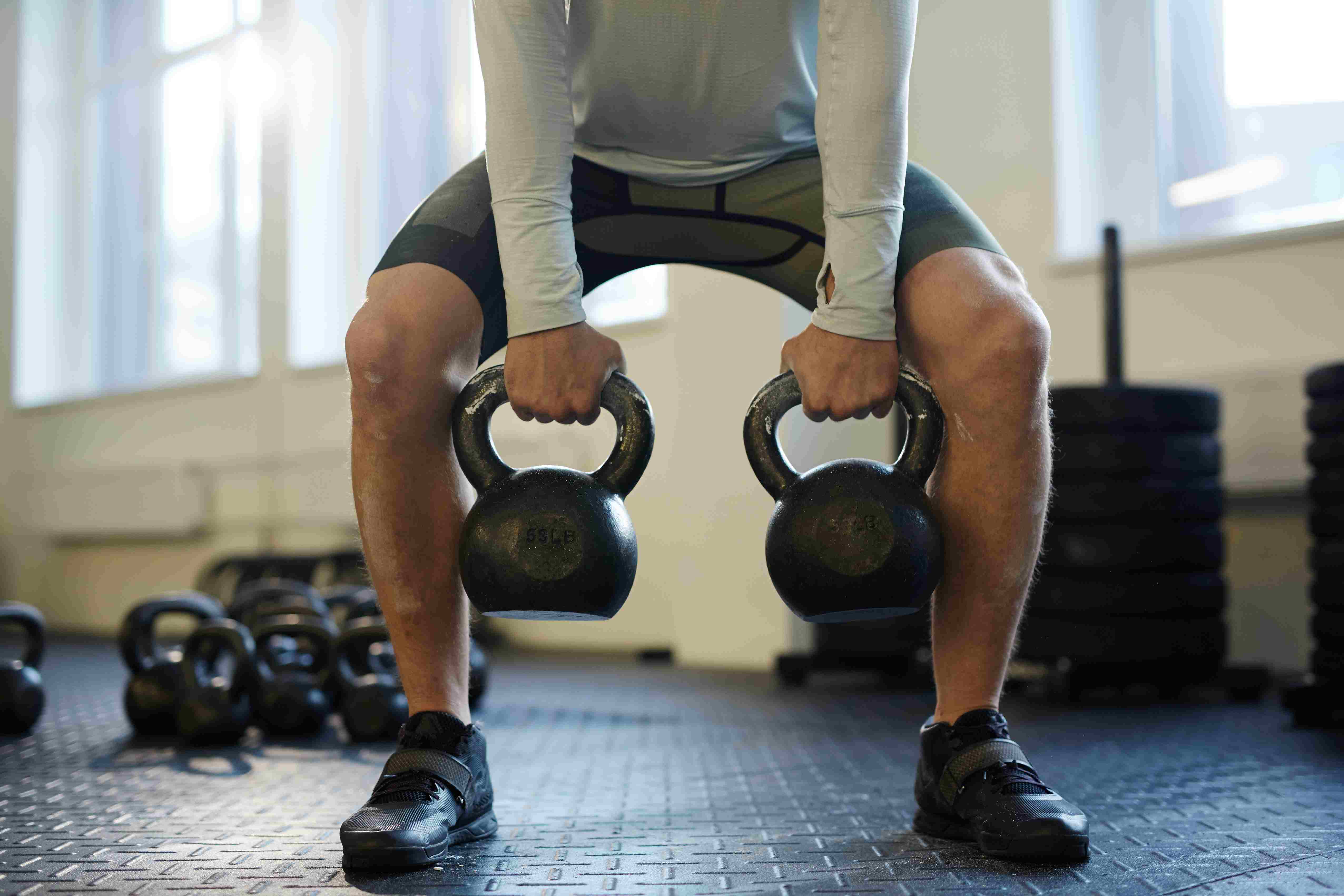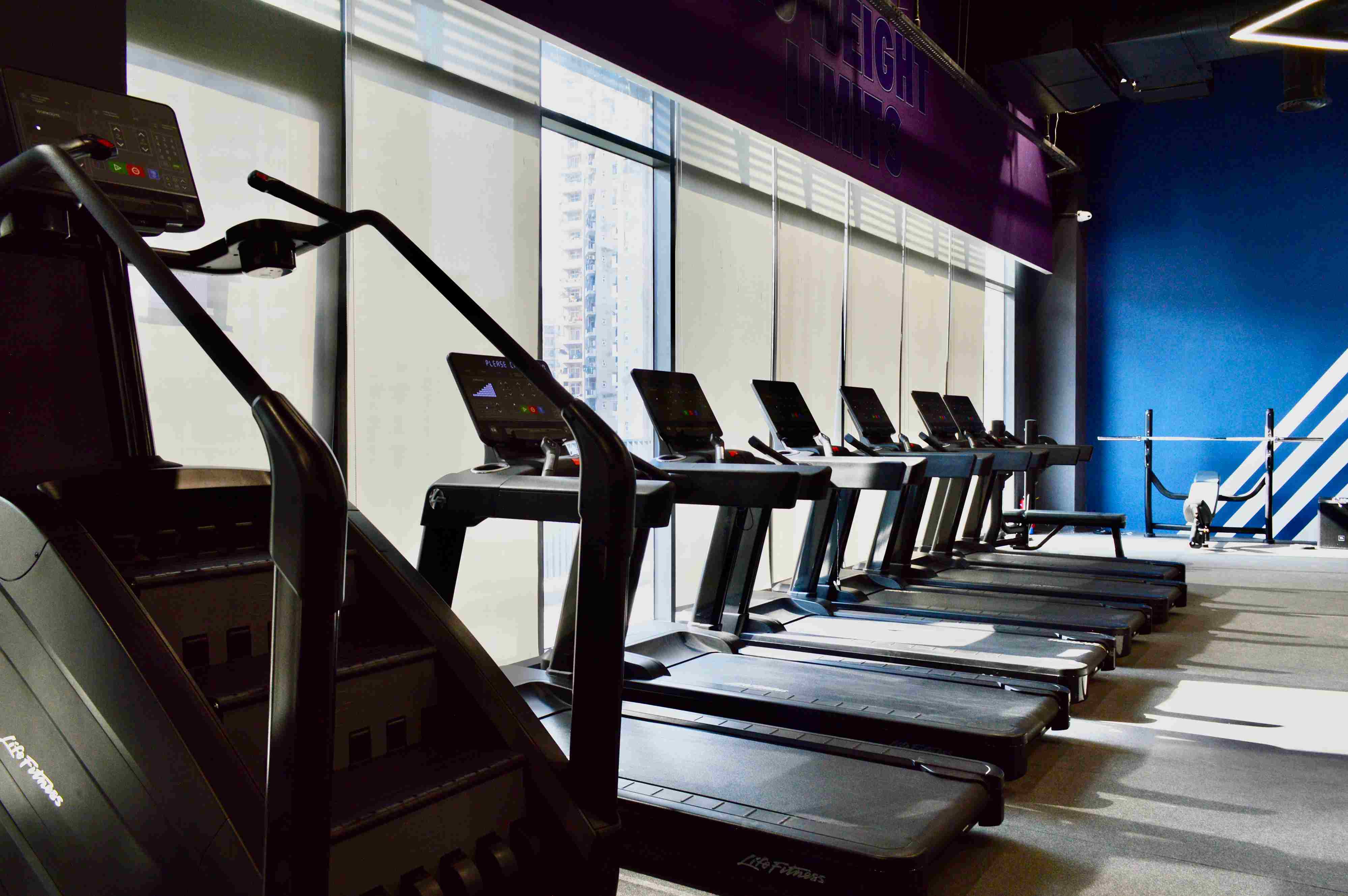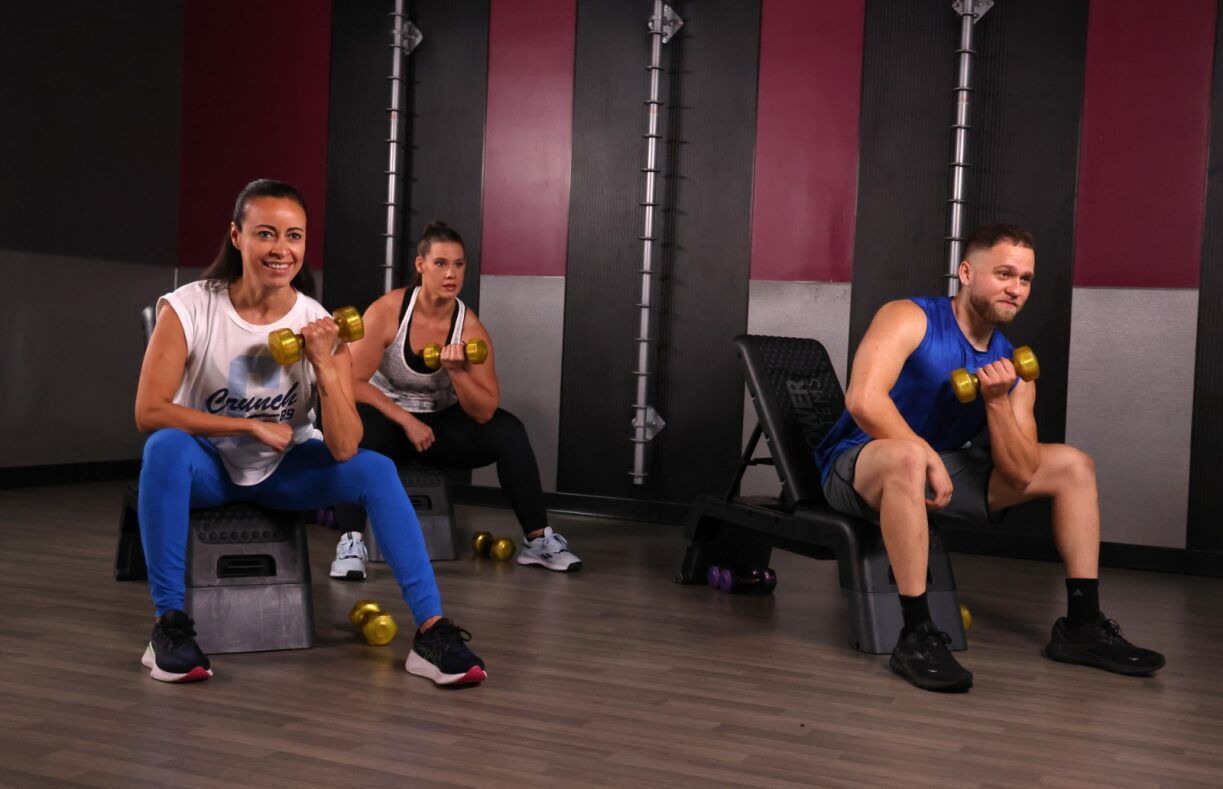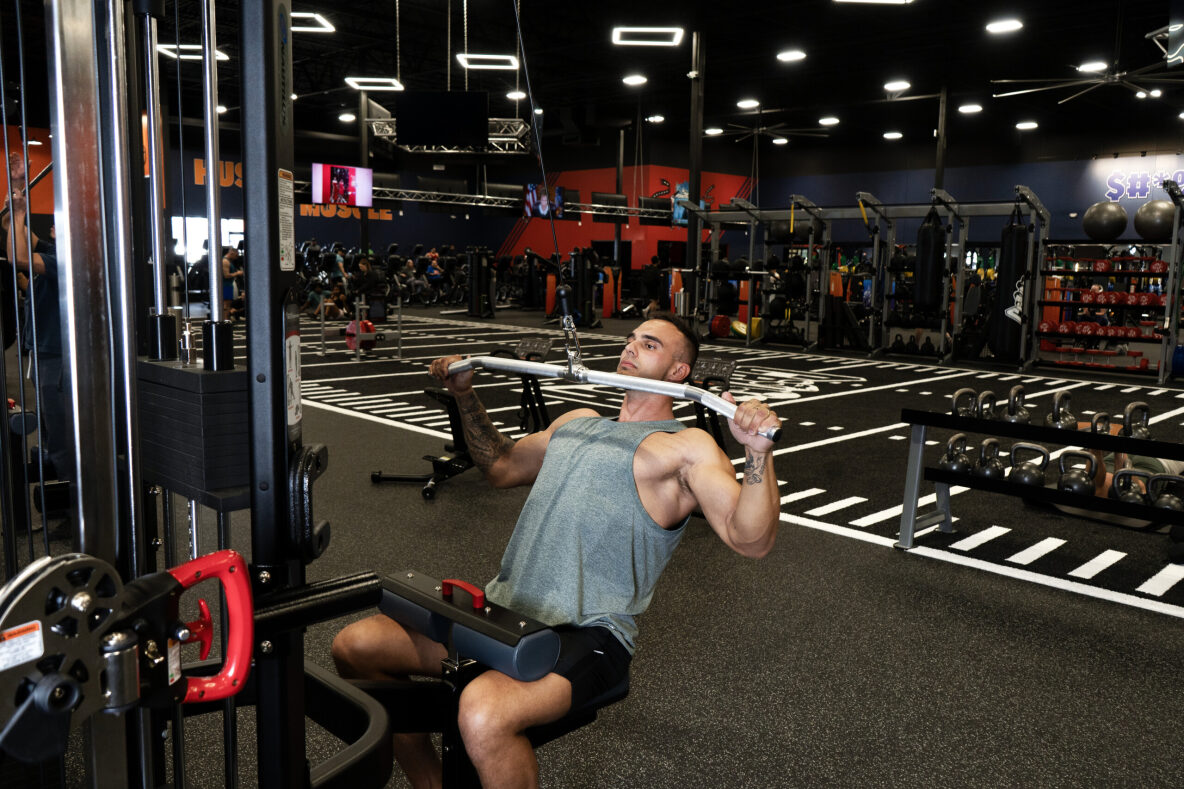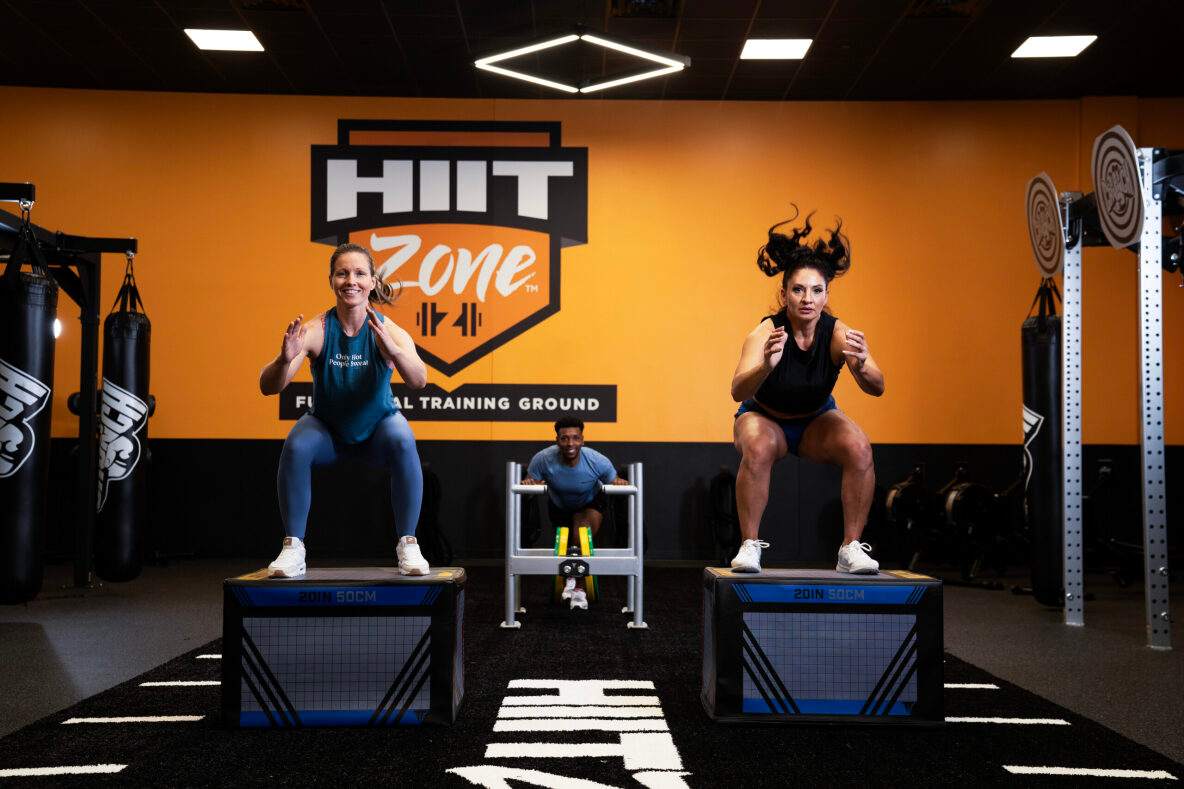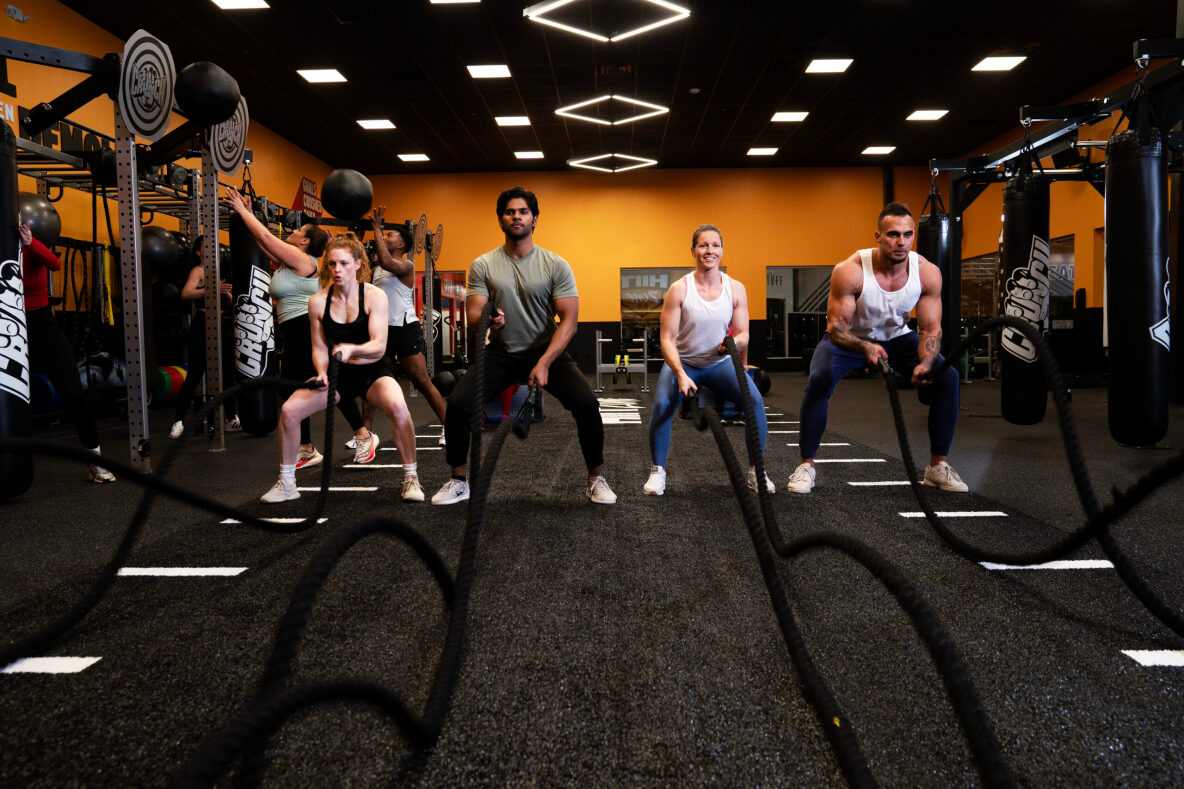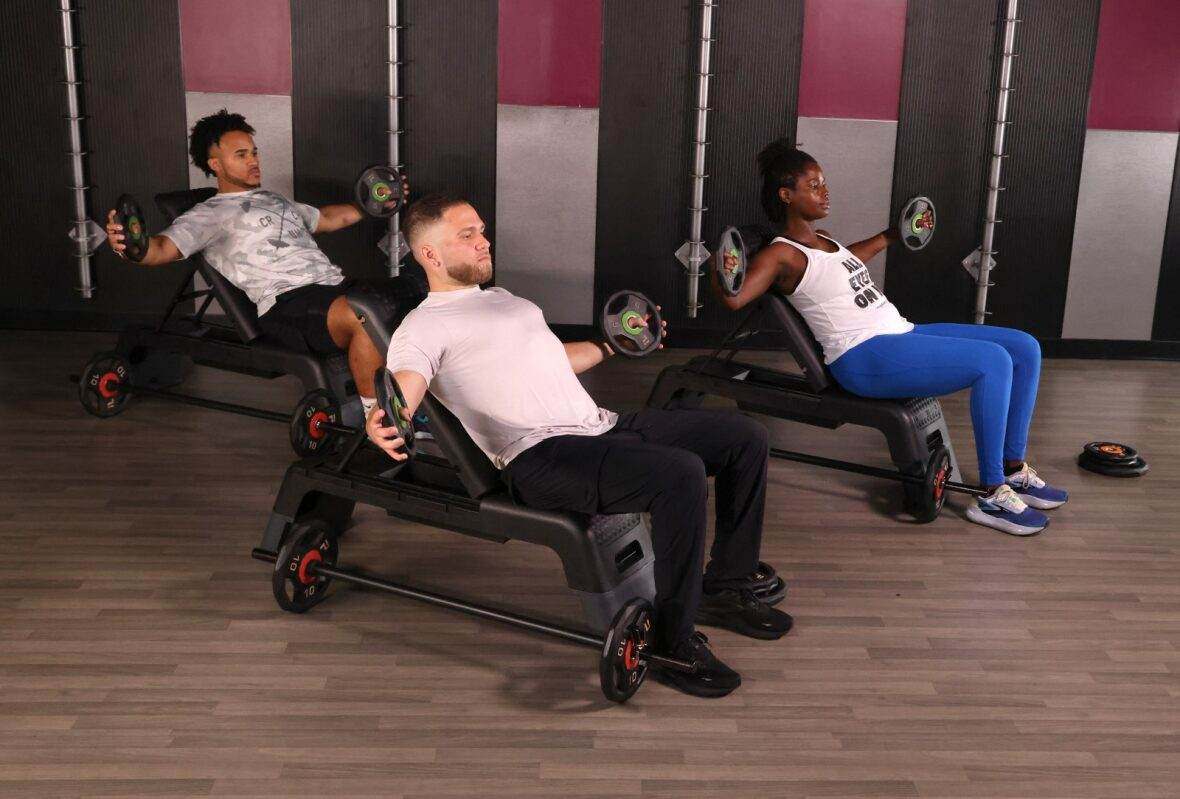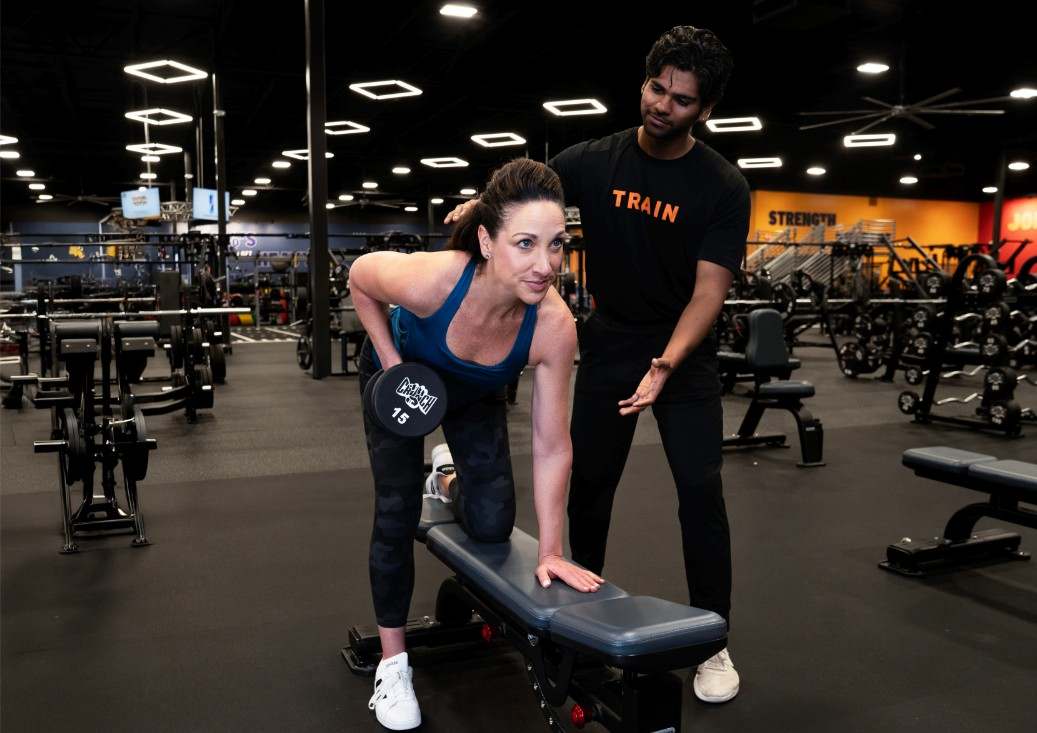What makes someone a hybrid athlete? A hybrid athlete is someone who trains for strength and endurance at the same time. Do you fantasize about becoming strong enough to lift heavy yet still be able to run long distances? If so, then it is time for you to find out about the hybrid athlete! If you are willing to quit half of your potential and start redefining the term "fit" by which you should mean, then continue reading. We will demonstrate to you the very way to combine the gym with the running track and become a master of the challenging yet very rewarding hybrid life.
What Is The Meaning Of Hybrid Athlete?
A hybrid athlete is a person who is physically committed and competes successfully in more than one, frequently opposite, sport or physical challenge at the same time.
Such a person is not just one with pure strength or pure endurance but rather a combination of the two, resulting in an overall fitness that is of both natures.
In other words, it is like having the energy of a weightlifter and the lasting ability of a runner in one amazing unit.
It is not about being "good enough" at both simultaneously, but rather about deliberately raising to a high level one’s strength as well as endurance.
Key Features of Hybrid Training
Hybrid training comprises the techniques used by a hybrid athlete to accomplish his/her twofold objectives. Hybrid training is characterized by the following features:
Strategic Integration
Exercise regimens are planned in detail so that the "interference effect", the problem of simultaneously gaining strength and endurance adaptations, would be as low as possible.
Volume Management
The training is of high total volume, but it is necessary to keep a diligent record and recover properly in order to avoid burnout and overuse injuries.
Cross-Discipline Focus
The training program employs compound strength exercises (squats, deadlifts) for the purpose of building structural endurance through energy systems and various forms of cardiovascular work (Zone 2, HIIT) to increase strength through the lifting work capacity.
Prioritized Recovery
Recovery (sleep, nutrition, active rest) is regarded as one of the essential components of the training plan which cannot be compromised, because of the heavy load that the body is subjected to.
Periodized Emphasis
Training cycles change the focus; for instance, one phase concentrates more on strength while another more on endurance, thus gradually making progress in both areas.
Benefits of Hybrid Training
Why go for the hybrid method? The top advantages are quite many and compelling especially if you are going to a gym in Noida:
Functional Fitness Like No Other
The hybrid workout is the most effective because it is easily transferable to real-life scenarios. You will be a lot more ready for any type of situation that life will throw at you, from carrying heavy furniture to trekking a difficult trail.
Less Chance Of Getting Injured
A well-balanced approach makes your entire body strong, thus the joints and muscles will be supported without risk of injury more than if you were to concentrate on one particular area only.
Better Performance In Everything
The heart and lungs get stronger which makes the person more suitable for heavier workouts. At the same time, stronger muscles become a great support even during longer endurance sessions.
Mental Toughness
The discipline you practice when you do hybrid training applies to your daily life as well, making you strong not just in body but in mind as well.
Get Rid Of Monotony
To be frank, a hybrid training workout will never bore you. It is always different and still appealing.
Designing Your Hybrid Training Program
What can be a better start for your journey at a top gym in your city? Following is a guide for the training structuring:
1. Prioritize Your Goals
Planning for hybrid training should be done wisely.
- Identify Primary and Secondary Goals: You have to pick one option at first since focusing on two is nearly impossible. You can either go for strength or for endurance.
- Periodization: Organize your training in phases with different emphasis each time of the year. To demonstrate, the "off-season" may be more about strength, while going closer to a race, endurance training is the main focus.
- Body Signals: You should be able to modify your training plan depending on your recovery and mood.
2. Strategic Strength Training for Endurance Athletes
You should not give up on weights! In endurance sports, strength training serves as a good method to both prevent injuries and increase the overall efficiency of the body.
- Compound Lifts: Work on exercises that target multiple muscle groups, like squats, deadlifts, overhead press, and rows. This way of working out is more efficient for the body.
- Power and Explosiveness: Get involved in plyometrics (box jumps, jump squats) to be able to enhance your speed of power generation.
- Core Strength: A strong core is not only the basis of both strength and endurance but also a big help when it comes to stabilizing the body and transferring power.
- Frequency: 2-3 strength sessions per week is the volume you should go for, and if possible, try to separate them from the most demanding endurance workouts.
Also Read: Best Strength Training Tips For Women
3. Smart Endurance Training for Strength Athletes
Cardio is not a thing to be done only by marathon runners.
- Variety is Key: Get on your bike, hit the pool, go rowing, or take a hike.
- Zone 2 Training: Have a steady state cardio session of about 30-60 minutes at such an intensity that you can talk while you do it.
- High-Intensity Interval Training (HIIT): A few intervals of intense energy expenditure followed by a rest period, in a very short time, is exactly what you need for more stamina.
- Strategic Placement: Endurance training sessions should be planned on days when you don’t have heavy lifting workouts or you can do them after strength training so that your pre-fatigue muscles are not the ones used for lifting.
4. The Art of Integration and Recovery
This is the part in which hybrid training works (and is difficult).
- Minimize Interference: Constantly pushing your limits in both maximal strength and endurance is something that interferes with progress. After such a session, rest is a must for the body.
- Active Recovery: Recovery from training and coming down to the next session can also be done through light activities such as walking, stretching, or foam rolling.
- Sleep: To live without it is impossible! Make sure to get between 7 and 9 hours of deserved sleep per night to recover and adapt properly.
- Hydration: Always keep a bottle of water next to you.
Don’t forget Nutrition!
Fuel your body correctly! Both strength and endurance are very demanding of energy and nutrients. Change your diet to one that consists of a good amount of protein, complex carbohydrates, and healthy fats and you have nothing to worry about.
5. Finding Your Community and Coaching
The difference that a good gym in your city can make is amazing.
What Facilities Are Ideal For You?
If a gym provides you with everything you need to lift weights properly as well as space for functional training and cardio machines then it is perfect.
- Qualified Trainers: Go for trainers who are well-versed in hybrid training methodologies and can assist you in creating a unique plan for yourself. For example, currently many gyms in Noida are offering such specialized programs.
- Peer Support: The company of comrades can ease the burden, increase the motivation, and keep you accountable.
Conclusion
Change into a hybrid athlete which means a nonstop learning, adapting, and very rewarding experience. It pushes you to escape the old fitness silos and reveal a new level of your physical strength. It doesn’t matter if you are a weight lifter and want to try running or a runner who wants to get stronger, the hybrid athlete way is here for you. Why not combine strength and speed? You can carry out your hybrid change journey by simply going to a gym today. What is stopping you from joining Crunch Fitness India in sector 120, Noida? Your fittest self that can also last long is just a step away.
Frequently Asked Questions (FAQs)
Q1. When can you call yourself a hybrid athlete?
When you deliberately and regularly perform high-level training for both a strength and an endurance discipline at the same time.
Q2. Is it good to be a hybrid athlete?
Certainly. It leads to better functional fitness, improved health, less chance of injury, and the mental toughness required when facing a variety of physical challenges.
Q3. Do hybrid athletes train legs?
Definitely. Leg exercises are necessary because strong legs are the basis for both heavy lifting and endurance activities (running/cycling power).
Q4. What do hybrid athletes eat?
Since both strength and endurance training are energy demanding, hybrid athletes need high calorie, nutrition packed meals. Focus on protein, fiber, healthy fats, etc.
Q5. What are common hybrid athlete injuries?
Hybrid training can be stressful for the body. So, athletes often end up with injuries related to overuse, like runner's knee, shin splints, lower back pain or tendinitis.
Explore More Articles
CLOSEST CLUB
Your Local Crunch Noida
SEE OUR MEMBERSHIP OPTIONS





